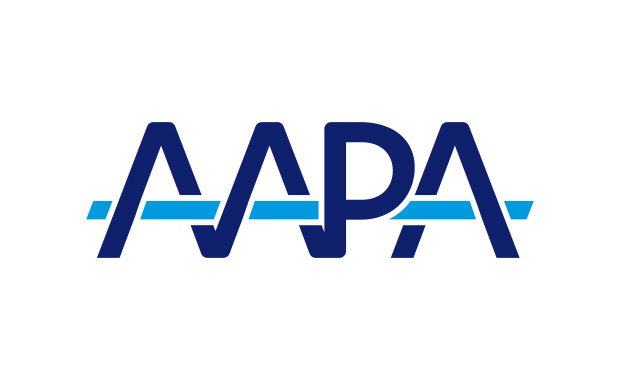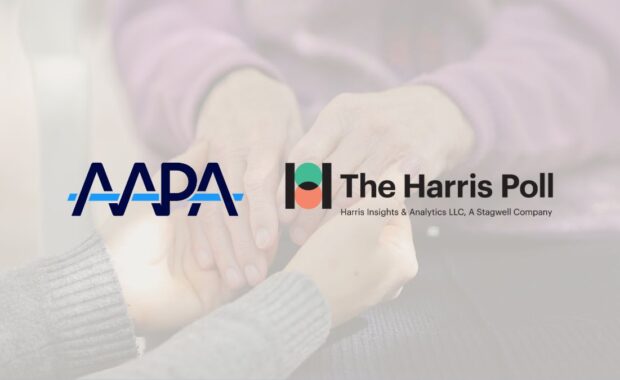One Easy Way You Can Influence the Future of the PA Profession
Make Sure You Are Represented: We Need Your Survey Responses!
July 22, 2019
Have you ever gotten part way through a survey and wondered, why am I spending time on this? Next time you get a survey from AAPA and that question crosses your mind, remember: AAPA’s surveys are critical to the future of the PA profession. Data collected through research is an important part of AAPA’s advocacy on behalf of PAs – your career, your education, and the laws that affect your daily practice. Your survey responses are crucial to the AAPA Research Department, so here are responses to your most frequently asked questions about surveys and the resulting data.
Why should I participate? What does AAPA do with data collected through surveys?
We encourage every PA to participate in our surveys because the PA profession is diverse and we want to make sure we have a complete picture of the PA community. Every specialty, practice setting, race, gender, and geographic location should be well represented so that AAPA can make well-informed decisions on your behalf.
Your data aren’t just used to compile the AAPA Salary Report. Without our survey data, AAPA would be unable to engage in the following:
- Advocate at the state and federal levels.
- Identify skills gaps in order to better meet CME.
- Support external researchers such as university partners studying PA training in a variety of areas, such as training for treating victims of sexual and domestic assault, or Medication Assisted Treatment such as buprenorphine. External researchers can partner with us on research, add questions to our surveys, or analyze aggregate, de-identified datasets we’ve collected on various topics over time.
- Contribute to publications, such as the recent JAAPA article on burnout and stress levels of PAs authored by Bettie Coplan, Tim McCall (AAPA Research), Noel Smith (AAPA Research) and Alison Essary; the National Academies of Medicine Discussion Paper on the same topic; or the 2017 publication on examining the gender pay gap in the profession, published in Women’s Health Issues and authored by Noel Smith (AAPA Research), Jim Cawley, and Tim McCall (AAPA Research).
I definitely took this survey. I know I have seen these questions before.
AAPA almost always collects personal and practice demographics in every survey, so initial questions may look familiar. There are processes to prevent people from taking surveys more than once. If you receive a survey by email, there is no chance you have already taken it.
We send only a few surveys per year, including:
- AAPA Salary Survey (goes to all PAs, members and nonmembers)
- AAPA Conference Survey (goes to all conference attendees)
- Either AAPA Member Satisfaction or PA Practice (random sample of 6,000 PAs are selected for each)
Someone else sent me a similar survey. Why is AAPA using the same questions?
PAs often interact with PA organizations including: AAPA; the National Commission for the Certification of Physician Assistants (NCCPA), Physician Assistant Education Association (PAEA), and/or specialty and constituent organizations. These organizations do not share data about individual PAs. This is great for privacy, but sometimes confuses PAs who think they’ve already provided this information to AAPA. Unless AAPA is in the title, we have not sent the survey.
Is my response anonymous?
Most survey responses are not anonymous, but they are confidential, meaning that while AAPA Research knows who you are when you answer a question, we will never release your identity.
I am not comfortable answering some questions. Can I skip them?
Sometimes AAPA asks questions you may not want to answer, whether the question is related to your gender, your professional satisfaction, or even whether you are considering quitting a job due to stress. For the vast majority of questions, you can simply skip (or select “I prefer not to answer”) if you don’t wish to answer. The more complete our data, the clearer the picture of the PA profession, but AAPA does not want respondents to be uncomfortable providing information about themselves or their practice.
Do you keep my data with my membership data?
No. Unless we tell you that certain demographics will be used to update your member records (i.e., specialty, setting), AAPA Research does not share your identifiable data. Only aggregate, de-identified data is shared outside of the organization, with other researchers, in research talks, reports, publications, as well as with policymakers, in order to advocate for the PA profession.
What is your response rate? What constitutes a valid survey?
Response rates vary from survey to survey, from about 5 to 25% with 12% being about average. When the response rate is low, we make up in power and sample representativeness. While a small number of responses coupled with a low response rate limits the conclusions that can be drawn from survey data, a large, representative sample somewhat decreases the negative impact of low response rate. Most online surveys have a response rate of 5 to 20%, so we are in line with industry standards.
How do you compile and/or organize all the data you receive from the surveys?
AAPA’s Research Department designs surveys so that they are in line with industry best practices and the data is stored on a secure server. For complex projects, we use statistical software (such as SPSS or R) for running statistical models and tests. The results are then compiled in articles on News Central, reports on the AAPA Research page, and in peer-reviewed journals. They are also compiled into presentations at conferences throughout the year.
Authors are Noël Smith, MA, AAPA senior director of research, and Timothy McCall, PhD, AAPA research manager. Contact us at [email protected].
Thank you for reading AAPA’s News Central
You have 2 articles left this month. Create a free account to read more stories, or become a member for more access to exclusive benefits! Already have an account? Log in.



